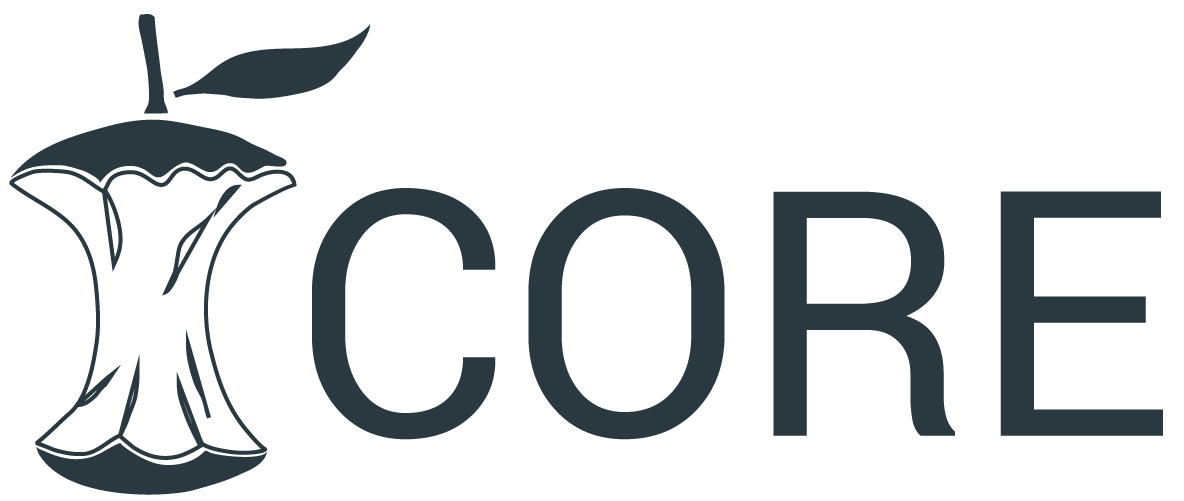Nutrition Education Based Millets Consumption Analysis of Children in India
DOI:
https://doi.org/10.5281/zenodo.11608058Keywords:
nutrition education, parents, millets consumption, preschool childrenAbstract
Hidden hunger and MNDs are predominant epidemic among children, particularly in developing nations like India. A sample of 400 parents & respective preschool children (3 - 6 years) were investigated. Knowledge assessment of parents shows, during pre-test, 23.3% parents had good knowledge, 63.2% had average knowledge and 13.5% had poor knowledge, which improved after intervention, and during post-test, 68% parents had good knowledge, 22.3% had average knowledge and 9.8% had poor knowledge. Results of millets consumption of children shows that, during pre-intervention, consumption of millets was 8.8% on daily basis, 9.3% on alternately basis, 7.5% on weekly basis, 6.3% on monthly basis, 6.8% on occasionally basis and 61.5% never use to consume millets. After administration of educational intervention on parents for 6 months, the consumption of millets improved and during post-test the millets consumption was 14.5% on daily basis, 24% on alternately basis, 22.8% on weekly basis, 15.3% on monthly basis, 5.3% on occasionally basis and 18.3% continued to never consume millets.
Downloads
References
Jahan, M.A. et al. (2023). Study on consumption of different types of millets in Mahabubnagar district, Telangana state. International Journal of Creative Research Thoughts (IJCRT), 11(1), C 182–186. Available at: https://www.ijcrt.org/papers/IJCRT2301266.pdf.
Venkatesh, U. et al. (2021). Micronutrient’s deficiency in India: A systematic review and meta-analysis. J. Nutri. Sci., 10, e110. Available at: https://doi.org/10.1017%2Fjns.2021.102. https://www.ncbi.nlm.nih.gov/pmc/articles/PMC8727714/#:~:text=According%20to%20the%20Comprehensive%20National,deficient%20in%20folate(11).
Bartlett, S., & Tacoli, C. (2021). Urban children and malnutrition. Research Series: Cities for Children and Youth. Sarah Sabry (Ed.). Zurich: Global Alliance - Cities 4 Children. 05–18. Available at: https://cities4children.org/wordpress/wp-content/uploads/2021/06/Nutrition-and-Food-Security-20210616.pdf.
Savage, J.S. et al. (2007). Parental influence on eating behavior: Conception to adolescence. J. Law Med. Ethics., 35(1), 22–34. doi:10.1111/j.1748-720X.2007.00111.x. Available at: https://pubmed.ncbi.nlm.nih.gov/17341215/#:~:text=Parents%20play%20a%20powerful%20role,as%20models%20of%20eating%20behavior.
UNICEF. (2019). The state of world’s children: Children, food and nutrition – South Asia, pp. 3–9.
Global Nutrition Report: The State of Global Nutrition. (2021). Available at: https://globalnutritionreport.org/reports/2021-global-nutrition-report/.
https://www.parentcircle.com/are-millets-healthy-for-babies/article.
MoH&FW. NFHS-5: 2019 – 21. State Factsheet, Uttar Pradesh, pp. 3–6.
Ambica, C. (2019). Determine the prevalence of protein energy malnutrition and evaluate the effectiveness of structured nursing intervention on knowledge and practice of mothers in managing PEM among under five children. Doctoral Thesis, Faculty of Allied Health Sciences – Nursing, Meenakshi Academy of Higher Education and Research, Chennai.
George, Ms. Dhanya. (2023). A study to access the effectiveness of selected nursing interventions on mother’s awareness and nutritional status of under five children in selected villages of Sarbhon PHC, Bardoli. Doctoral Thesis, Faculty of Medical and Paramedical Sciences – Community Health Nursing, Uka Tarsadia University, Bardoli – Gujarat.
M. S., Mrs. R. (2017). Effectiveness of self instructional module on knowledge, attitude and practice of mothers regarding growth and development and pattern of growth and development among under-fives in a selected PHC of Kolar district, Karnataka. Doctoral Thesis, Vinayaka Missions University).

Downloads
Published
How to Cite
Issue
Section
ARK
License
Copyright (c) 2024 Kanishka Singh

This work is licensed under a Creative Commons Attribution 4.0 International License.
Research Articles in 'Applied Science and Biotechnology Journal for Advanced Research' are Open Access articles published under the Creative Commons CC BY License Creative Commons Attribution 4.0 International License http://creativecommons.org/licenses/by/4.0/. This license allows you to share – copy and redistribute the material in any medium or format. Adapt – remix, transform, and build upon the material for any purpose, even commercially.










